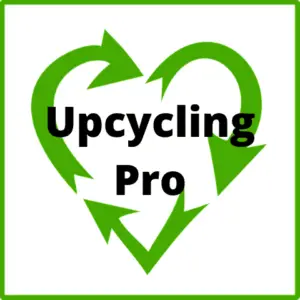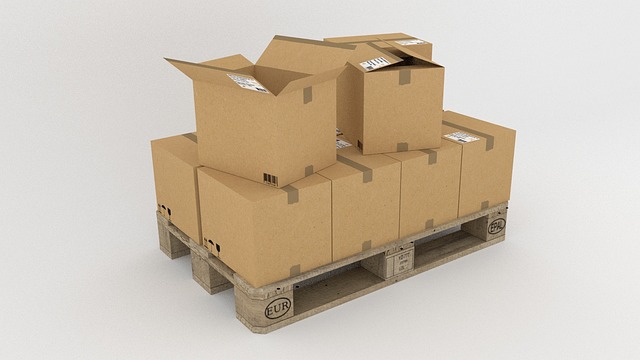In recent years, there has been an increasing awareness of the need for environmental conservation across the globe. One of the most pressing issues that the world is facing is the problem of waste management. Cardboard, being one of the most widely used materials in the packaging industry, has contributed significantly to the waste generated worldwide. However, there are several initiatives in place to ensure that the cardboard used is recycled and does not harm the environment.
Why Recycle Cardboard?
Before we delve into the various initiatives in place for cardboard recycling, it’s essential to understand why recycling cardboard is important. First and foremost, recycling cardboard helps reduce the amount of waste that ends up in landfills. Landfills are not only unsightly, but they also pose several environmental hazards such as groundwater pollution, methane emissions, and soil contamination.
Recycling cardboard also helps conserve natural resources such as trees, water, and energy. It takes fewer resources to produce recycled cardboard than new cardboard. Moreover, the production of new cardboard involves the release of harmful greenhouse gases that contribute to climate change.
Cardboard Recycling Initiatives
There are several initiatives in place to promote cardboard recycling. Some of these initiatives are:
Curbside Recycling Programs
Curbside recycling programs are one of the most convenient ways of recycling cardboard. In these programs, households place their recyclables, including cardboard, in designated recycling bins. The recycling trucks then collect the bins and transport them to the recycling facilities.
Commercial Recycling Programs
Commercial recycling programs are similar to curbside recycling programs, but they target businesses instead of households. These programs provide businesses with recycling bins and pick up the cardboard regularly.
Drop-Off Centers
Drop-off centers are another way of recycling cardboard. These centers are strategically located in communities to make it easy for people to drop off their recyclables.
Buyback Centers
Buyback centers are similar to drop-off centers, but they pay for the recyclables. People bring their recyclables to the buyback centers, and they receive cash or coupons in exchange.
Cardboard Recycling at Workplaces
Workplaces can also implement cardboard recycling programs to reduce waste. These programs involve providing recycling bins and educating employees on how to recycle cardboard.
Benefits of Cardboard Recycling
Cardboard recycling has numerous benefits, including:
Reduced Landfill Waste
As mentioned earlier, recycling cardboard reduces the amount of waste that ends up in landfills. This not only helps conserve space but also reduces the negative environmental impacts of landfills.
Conservation of Natural Resources
Recycling cardboard conserves natural resources such as trees, water, and energy. It takes fewer resources to produce recycled cardboard than new cardboard, and the production of recycled cardboard emits fewer greenhouse gases.
Economic Benefits
The recycling industry generates jobs and contributes to the economy. It also saves money as recycling is often cheaper than disposing of waste in landfills.
Conclusion
In conclusion, cardboard recycling initiatives are crucial in promoting environmental conservation. Curbside recycling programs, commercial recycling programs, drop-off centers, buyback centers, and cardboard recycling at workplaces are some of the initiatives in place to ensure that cardboard is recycled. Recycling cardboard has numerous benefits, including reduced landfill waste, conservation of natural resources, and economic benefits. It’s time we all take responsibility for our waste and recycle cardboard to ensure a healthier planet for generations to come.

